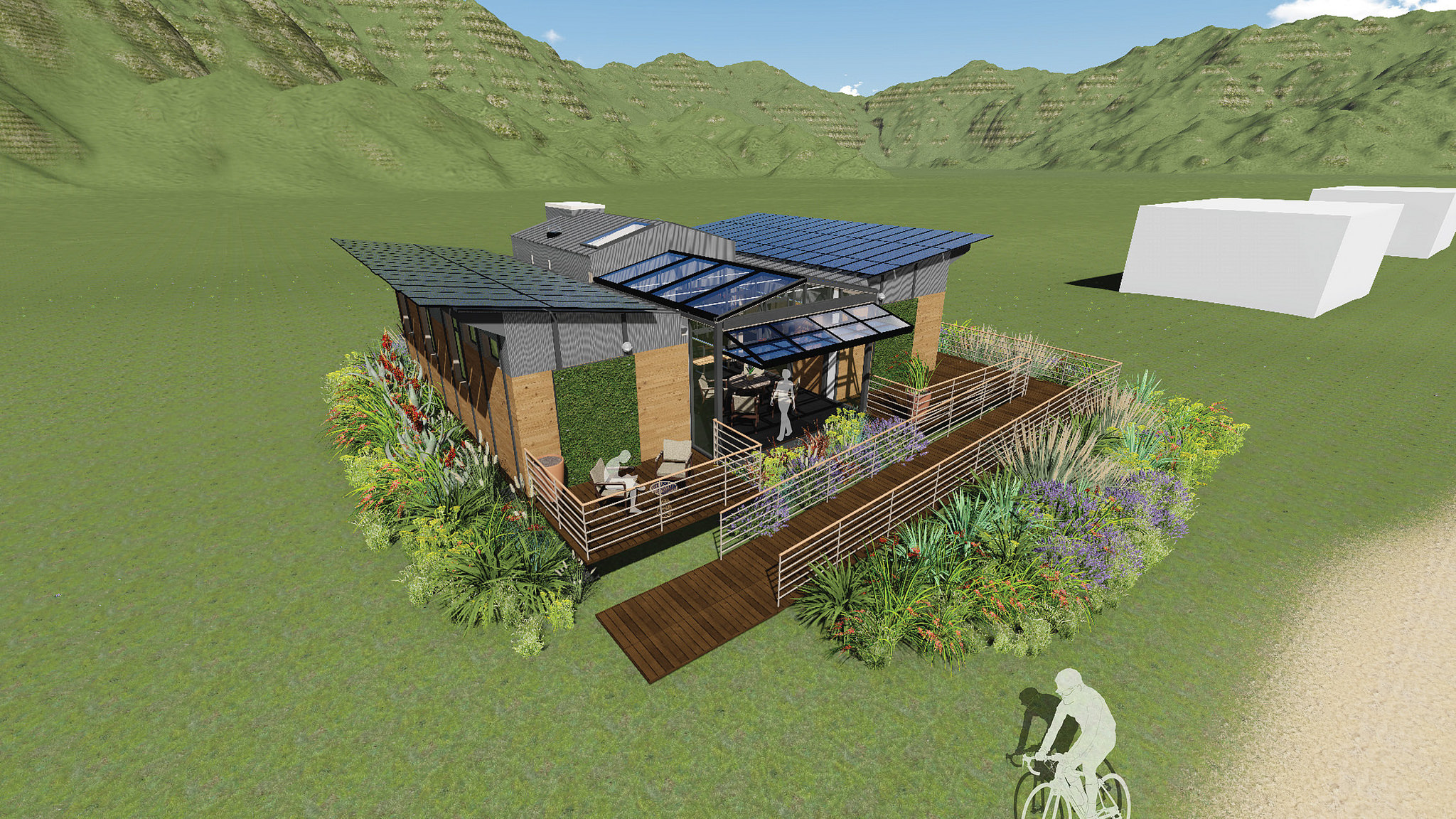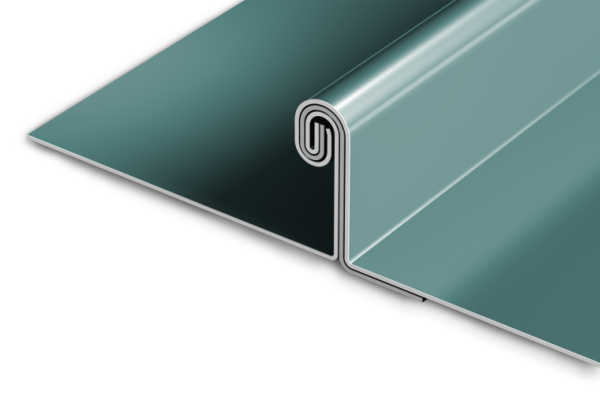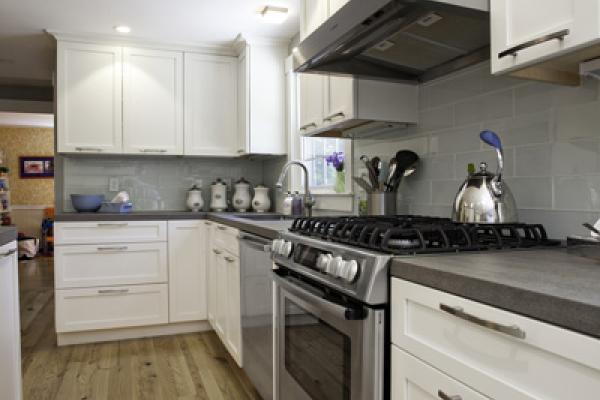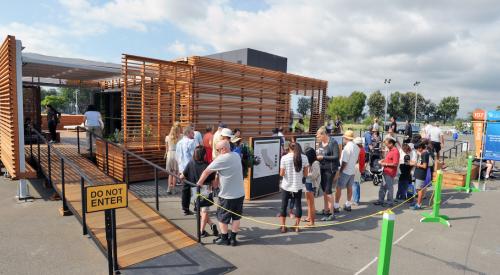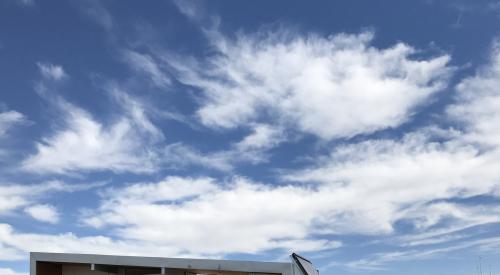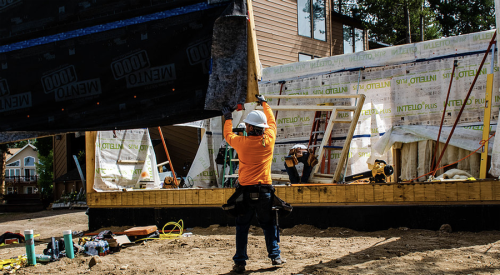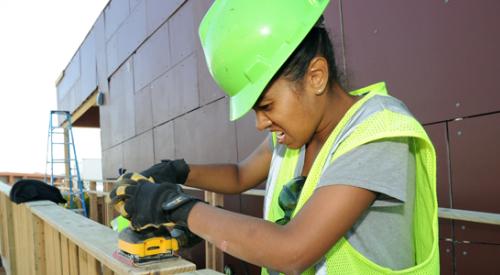The Solar Decathlon team from the University of Maryland views reACT, short for Resilient Adaptive Climate Technology, not as a static structure but as a living, regenerative organism with six modules performing vital functions.
Systems that capture and process waste, water, and energy allow the house to operate self-sufficiently, and reACT’s living systems are fully disentangled from the structure, so the house can adapt as occupants’ needs change—for example, by adding a new bedroom module if the family grows.
Team Maryland developed reACT for a Denver, Colo.-based married couple who are registered members of the St. Croix Chippewa Indians of Wisconsin, a band of the Ojibwe tribe. Designed with influences from tribal traditions, reACT includes a composting system, hydroponic garden, vegetable garden, and movable “living walls” covered in plants. The project also demonstrates urban farming—an important facet of self-sufficient living. Accordingly, the team deliverables for the project include a menu and recipes that draw from Native traditions.
The design of reACT makes use of modular architecture to create a kit of parts that can meet the needs of any individual or community. The concept is intended to serve as a prototype for a modular house system, with the kit consisting of separate components and systems that can be manufactured, transported, assembled, and disassembled for a variety of clients, communities, construction technologies, and ecological environments. The modular and disentangled design allows the home’s footprint to expand or contract to meet a family’s economic and space needs at any given time.
The University of Maryland students also wrote a physically based simulator called Virtual reACT to manage the house’s water, electrical, and thermal energy use.
Here are six sustainable products Team Maryland incorporated into reACT.
This story is part of a series covering the U.S. Department of Energy’s biennial Solar Decathlon competition, which will occur in Denver, Colo., from Oct. 5-15. Leading up to the event, the PRODUCTS team is bringing you the coolest green building and design products in a number of the 13 competing universities’ homes.
